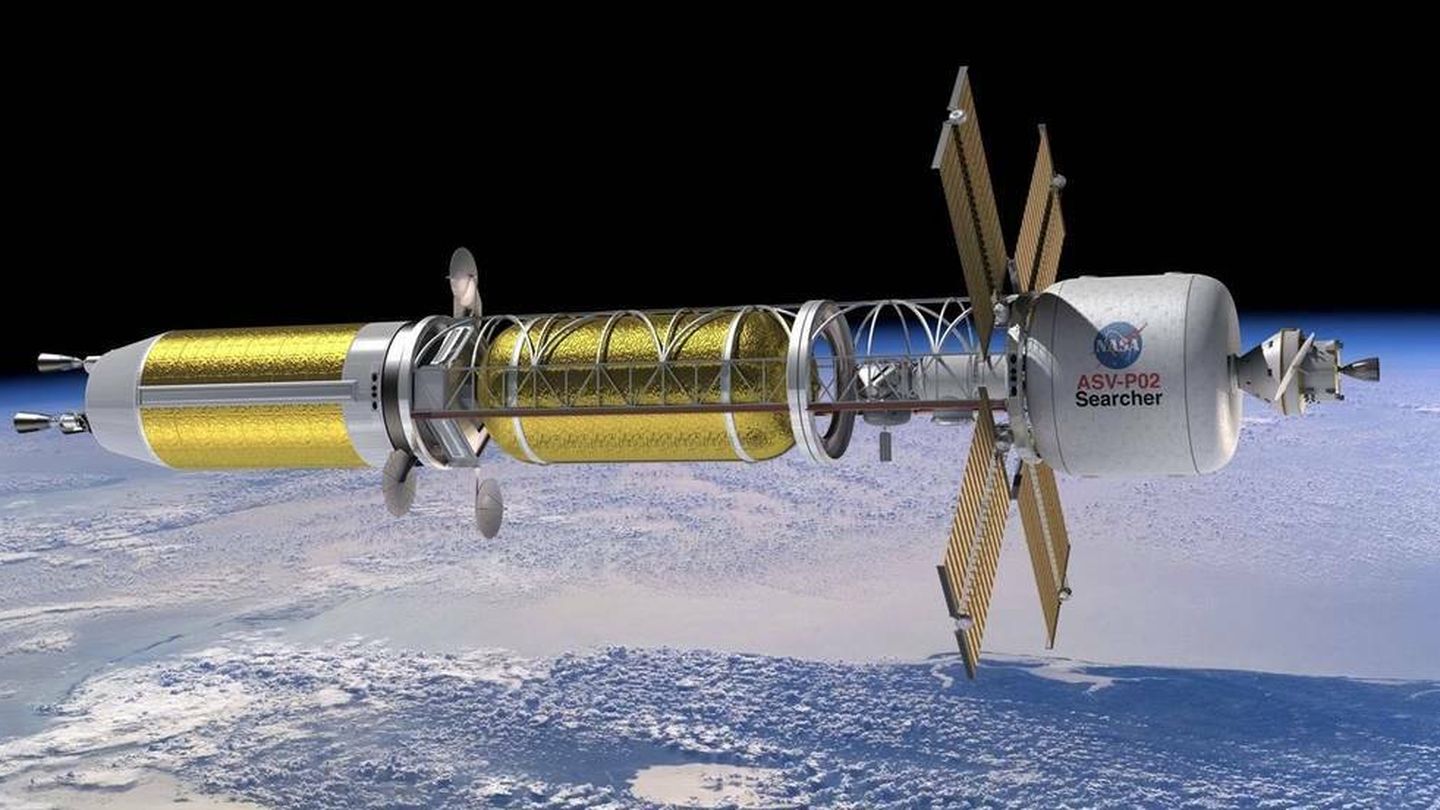Although the scientists call their findings “amazing,” more research is still needed to confirm them.
Seismologists from Peking University have revealed that analysis of earthquake data suggests that Earth’s inner core stopped spinning faster than the planet’s mantle in 2009. Until then, the scientific community believed that the inner core rotated faster than the rest of the planet, but according to a new studysometime in the last decade, apparently stopped doing so and is possibly going to change its direction of rotation.
Yi Yang and Xiaodong Song Yang, who published The findings this Tuesday in Nature Geoscience, argue that the inner core has stopped its spin in relation to the mantle. They studied earthquakes between 1995 and 2021, and found that the rotation of the inner core with respect to the mantle had stopped around 2009. They consider it to be a true planetary phenomenon related to the rotation of the core, and not just a local change on the surface of the inner core. “We were quite surprised,” they said.
They also compared this recent pattern with the Alaskan seismic records of the South Sandwich Islands doublets, dating back to 1964, and appears to be associated with a gradual retreat of the inner core as part of an oscillation of approximately seven decades, with another turning point in the early 1970s. Everything suggests that this cyclical change in the direction of rotation takes place over periods of decades.
Faster or slower?
The core of the planet was discovered in the first half of the last century, which consists of a solid center, formed by iron and nickel, within a layer composed mainly of cast iron and other elements. The liquid outer core allows the inner core to rotate at its own rate relative to the rest of the planet..
Since the 1960s, the travel time of seismic waves emanating from earthquakes changed over the next three decades, indicating to researchers that the inner core spins faster than the planet’s mantle.
Contrary to this idea, however, other researchers who analyzed data on seismic waves generated by explosions from US nuclear tests in 1969 and 1971, reported that, between those years, the Earth’s inner core had rotated more slowly than the mantle. Only after 1971, they say, it sped up and began to over-spin. There is also no consensus on the matter about the duration of the acceleration or retardation cycles.
The only way to end this scientific debate is to wait for more earthquakes to occur. “I still think we’re about to figure this outsays John Vidale, a seismologist at the University of Southern California in Los Angeles. “But I’m not sure,” he stressed. A “long history of continuous recording of seismic data is critical to monitoring the movement of the planet’s heart,” Yang and Song argue.
Scope of these results
Since the data from this study suggest that the inner core might be in the process of reverting to subrotation, it is likely that the magnetic and gravitational forces that drive the rotation of the inner core are changing as well. Such changes could link the inner core to broader geophysical phenomena, such as increases or decreases in the length of the Earth day.

















